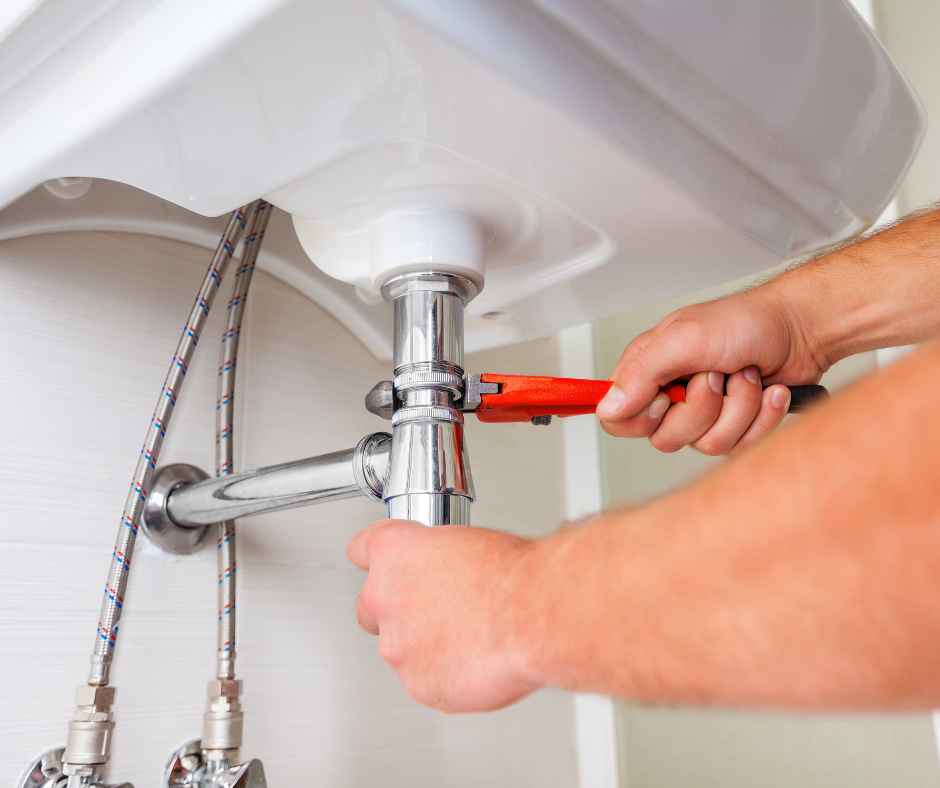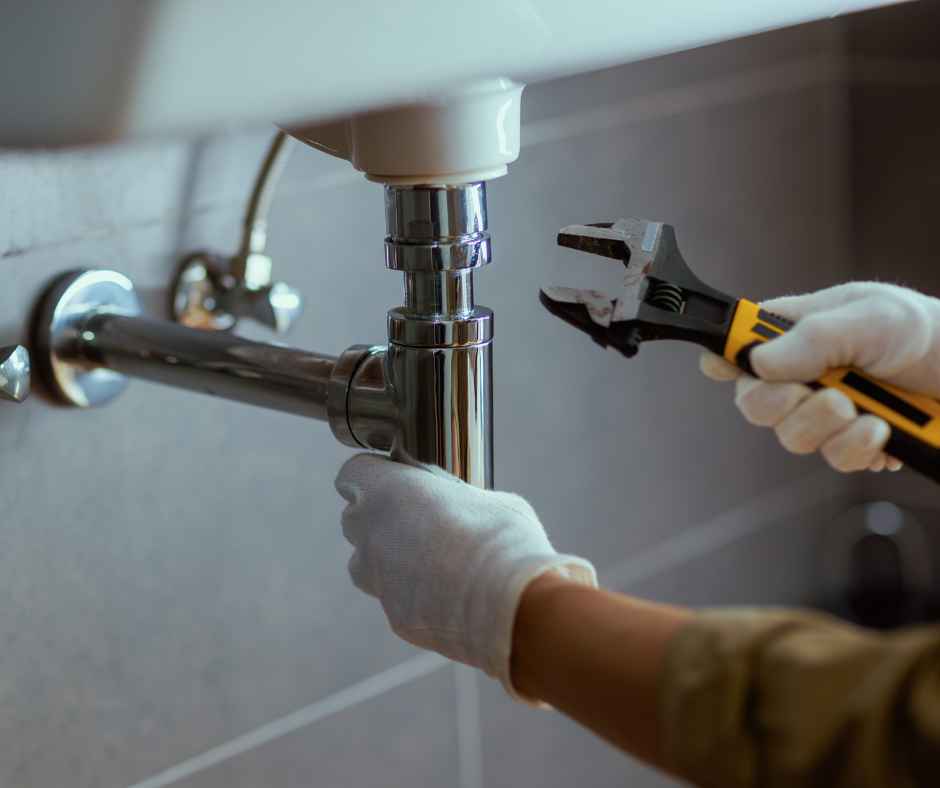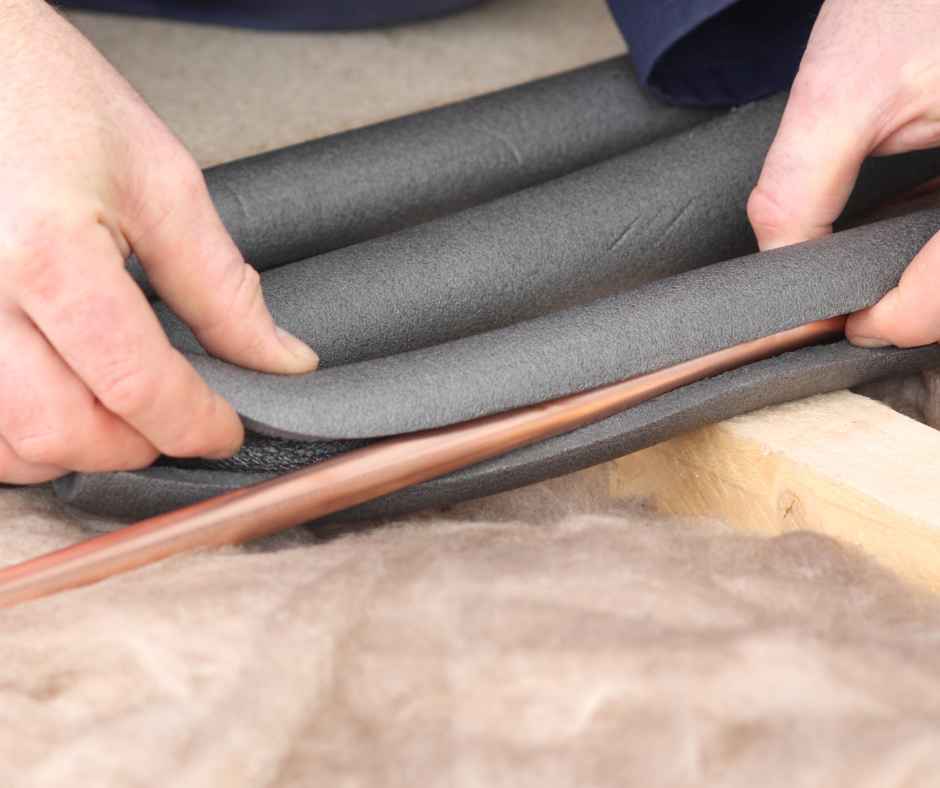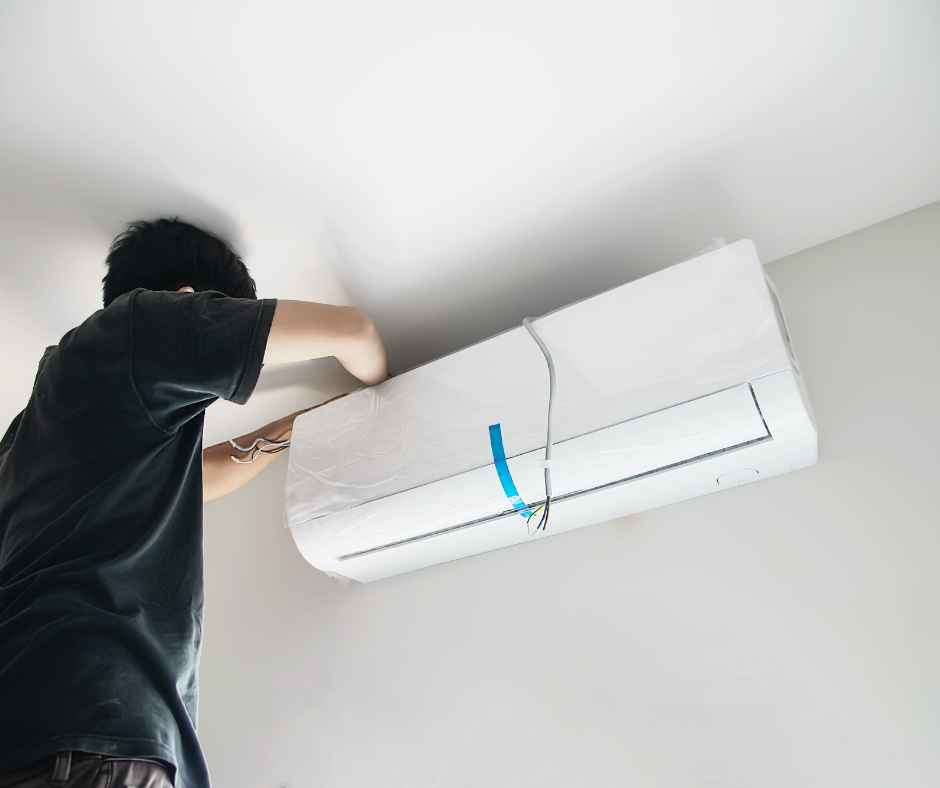Definitive Fall Plumbing Checklist for South Shore Residents

The crisp autumn air and vibrant foliage are a sure sign that fall has arrived on the South Shore. While many homeowners focus on raking leaves or cleaning gutters, plumbing often slips under the radar during seasonal maintenance. Yet ignoring your plumbing system in the fall can set you up for frozen pipes, costly leaks, and inconvenient breakdowns once winter settles in.
The transition from mild fall temperatures to freezing winter nights can put strain on your pipes, fixtures, and water-using appliances. Without proper preparation, the drop in temperatures can expose weaknesses in your plumbing and lead to expensive repairs.
In this guide, we’ll walk you through a definitive fall plumbing checklist designed specifically for South Shore residents. From insulating pipes to checking your water heater, each step will help safeguard your home and keep your plumbing running smoothly all season long.
Why Fall Plumbing Maintenance Matters for South Shore Homes
Fall in the South Shore region brings cool days, crisp nights, and the first hints of frost, conditions that can quickly turn small plumbing issues into major problems. While it’s easy to put off maintenance when the weather is still relatively mild, the seasonal shift is the perfect time to get ahead of potential trouble.
One of the biggest risks during the colder months is frozen pipes. When water inside a pipe freezes, it expands, creating immense pressure that can cause the pipe to crack or burst. Even a small leak from a burst pipe can result in hundreds of gallons of water flooding your home, leading to structural damage and mold growth.
Local climate patterns make South Shore homes especially vulnerable. Sudden temperature drops are common in late fall, and homes with exterior plumbing lines or inadequate insulation face increased risk. Add in holiday gatherings that put extra strain on plumbing systems, and it becomes clear why fall is the ideal time for preventive care.
By taking action now, you’ll not only protect your pipes and fixtures from the challenges of winter but also improve efficiency, lower your utility bills, and reduce the likelihood of mid-season emergencies.
Key Plumbing Tasks for Fall
Your plumbing system works hard year-round, but fall is when it needs a little extra attention. The goal is to address small issues now so they don’t become bigger, more expensive problems when winter weather hits. Think of this checklist as a preventive plan; by tackling each item, you’re protecting your home, your comfort, and your wallet from seasonal surprises.
Inspect and Insulate Pipes
The first step in preparing your South Shore home for colder months is to ensure your pipes are ready for dropping temperatures. Any pipe that runs through an unheated area, such as a basement, crawl space, attic, or exterior wall, is at risk of freezing. A frozen pipe isn’t just an inconvenience; it can burst, causing severe water damage and expensive repairs.
Walk through your home and look for exposed pipes, especially those near doors, windows, or foundation vents where cold air can seep in. If you find unprotected pipes, wrap them with foam pipe insulation, which is inexpensive and easy to install. For pipes in especially cold or drafty areas, consider adding heat tape for an extra layer of protection.
Check Outdoor Faucets and Hoses
Outdoor plumbing is one of the first areas to suffer damage when temperatures drop, and it’s often overlooked until a problem arises. Water left inside garden hoses or exterior spigots can freeze, expand, and create enough pressure to crack the faucet or the connected pipes inside your home. The result is a hidden leak that may not show up until the next time you turn the water on in spring.
To prevent this, disconnect all garden hoses, drain them completely, and store them indoors for the season. Next, shut off the interior valve that supplies water to your outdoor faucets, then open the spigots to drain any remaining water. If your faucets are not frost-free, adding an insulated faucet cover can provide extra protection against freezing temperatures.
Service Your Water Heater
As temperatures drop, your water heater works harder to provide the hot water you rely on for showers, laundry, and dishwashing. Without proper maintenance, sediment buildup inside the tank can reduce efficiency, strain the system, and even shorten its lifespan. Fall is the perfect time to give your water heater a little attention before the heavy demands of winter set in.
Start by flushing the tank to remove any sediment that may have accumulated over the past year. This helps improve heating efficiency and ensures consistent water temperature. Check the temperature setting as well; most households do well at 120°F, which is hot enough for comfort and sanitation but not so high that it risks scalding or wastes energy.
If your water heater is more than 10 years old or you notice rust, leaks, or strange noises, it may be time to have it inspected by a professional. A plumbing expert can assess its condition, recommend repairs, or help you choose an energy-efficient replacement if necessary.
Test Sump Pump Functionality
While many homeowners associate sump pumps with spring rainstorms, these systems are just as important in the fall, especially on the South Shore, where heavy seasonal rains and melting snow can quickly lead to basement flooding. A malfunctioning sump pump won’t be much help when you need it most, so testing it now can save you from costly water damage later.
To check your sump pump, pour a bucket of water into the pit and watch to see if the pump activates promptly and drains the water efficiently. Listen for any unusual noises that could signal mechanical issues. If the pump fails to turn on or doesn’t clear the water effectively, it’s time to have it serviced or replaced before winter weather arrives.
Consider also installing a battery backup system. Power outages are more common during storms, and without backup power, your sump pump won’t be able to protect your home when it matters most.
Inspect for Leaks and Drips
Even small plumbing leaks can turn into big problems when temperatures drop. Cold weather can cause existing leaks to worsen, and any moisture left unchecked can lead to mold, mildew, and water damage. Fall is the perfect time to track down and repair these issues before winter amplifies them.
Start by checking under sinks, around toilets, near your water heater, and along visible pipes for any signs of moisture. Look for puddles, damp spots, or water stains on walls, floors, or ceilings. Don’t forget to examine appliance connections, such as the hoses for washing machines and dishwashers, as these are common leak points.
If you spot any problems, no matter how minor, they should be addressed immediately. Tightening connections, replacing worn washers, or upgrading supply lines can prevent costly repairs later. For larger or hidden leaks, bringing in a professional ensures the root cause is found and fixed properly.
Preventive Tips for Year-Round Plumbing Health
While fall is a critical time for plumbing maintenance, the best protection comes from year-round care. Consistent attention to your plumbing system keeps it efficient, reliable, and less prone to seasonal damage.
Scheduling an annual plumbing inspection is one of the smartest moves a homeowner can make. A professional plumber can spot potential issues like slow leaks, aging components, or inefficient fixtures before they turn into emergencies. Monitoring your home’s water pressure is also important; excessive pressure can shorten the lifespan of pipes and appliances.
Installing pipe insulation in vulnerable areas, such as basements or crawl spaces, can help keep your system safe no matter the season. Additionally, keeping gutters and downspouts clear ensures proper drainage away from your foundation, reducing the risk of basement flooding.
By combining these preventive measures with your fall plumbing checklist, you’ll have a strong defense against both seasonal and everyday plumbing problems.
Get Your South Shore Plumbing Ready for Fall with Blue Bear Plumbing, Heating & Air
As beautiful as autumn is in the South Shore, it’s also a season that can quietly challenge your home’s plumbing system. From frozen pipe risks to hidden leaks, a little prevention now can save you from costly and stressful problems later in the year.
Following a comprehensive fall plumbing checklist is the best way to ensure your home is ready for the colder months ahead. Whether it’s insulating pipes, servicing your water heater, or checking your sump pump, these tasks help keep your plumbing efficient, safe, and problem-free.
If you’d prefer a professional touch or simply want peace of mind, Blue Bear Plumbing, Heating & Air is here to help. Our team knows the unique challenges South Shore homes face and can provide expert maintenance to prepare your plumbing for the season.
Contact Blue Bear Plumbing, Heating & Air today to schedule your fall plumbing inspection and enjoy a worry-free transition into winter.
Contact Us Today

Routine maintenance is vital for the longevity of your plumbing, heating, and air conditioning systems. Sign up for our Blue Care Maintenance Plan for annual service and exclusive membership benefits, including:
- Priority scheduling
- Waived service fee during normal business hours
- 10% discount on service calls
- 3% discount on new installations
- Two-year parts and labor warranty on new equipment






